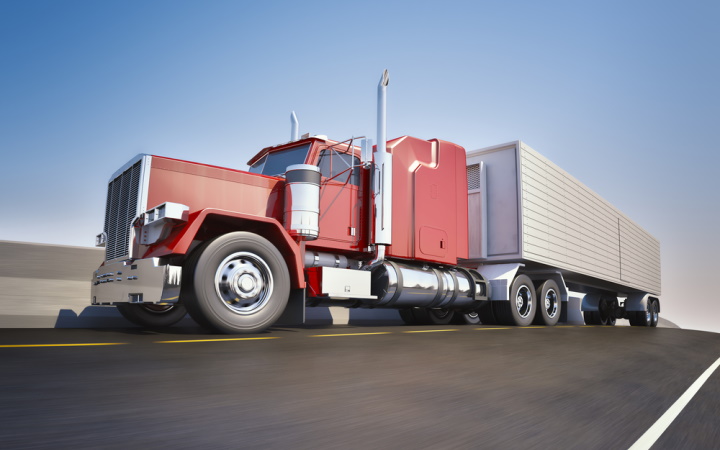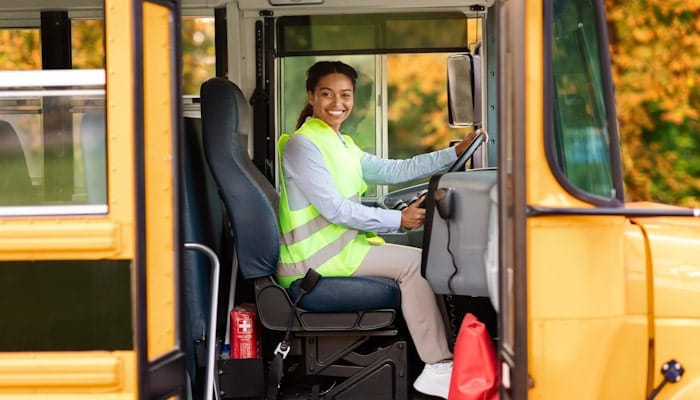
The Cost Benefit of Side Guards
Truck side guards are devices designed to keep vehicles, pedestrians and bicyclists from being injured or killed by large trucks in side-impact collisions. Side guards have been required standard equipment since the 1980s in Europe and Japan, and more recently in Brazil. They are also widely adopted in China, South America, and Australia.
Many studies have shown that side guards can dramatically drop the amount of injuries and deaths and be cost effective to transportation companies. Consider the following:
- Large truck accidents cause around 130,000 injuries a year in Texas alone.
- Large trucks account for 32% of bicyclist fatalities and 12% of pedestrian fatalities in New York City.
- In 2016, the state of Michigan reported 11,981 semi-truck accidents. Of these, 104 resulted in a death that could have been prevented if the truck had side guards.
Specifically, in the United States about 50% of truck-involved bicyclist fatalities and 25% of pedestrian fatalities have initial impact with the side of the truck and are then run over by the wheels, a much higher rate than for light-duty vehicles. Findings collected from several studies in the United Kingdom (U.K.), found that side guards are considered an effective technology for reducing the number of fatalities and the brutality of injuries. For example, once side guards were mandated in the U.K., the number of bicyclist fatalities and pedestrian fatalities that were caused by side impact collisions with trucks declined by 61% and 20% respectively.
Despite three decades of international experience, the operational, cost-benefit, and regulatory aspects of requiring truck side guards in the United States has not been studied. A current FMCSA research project is underway, with five key tasks in mind:
- Study interaction of a potential side guard with other truck parts and accessories (e.g., fuel tanks, fire extinguisher, exhaust system) and the implications for a new Federal Motor Carrier Safety Regulation
- Investigate applicable international side guard standards
- Perform a preliminary cost-benefit analysis of truck side guard deployment
- Propose recommendations
- Propose means for voluntary adoption
The final analysis of this study will hopefully shed light on the impact of side guards. The results of which we look forward to understanding.
If you or your company have questions or concerns regarding the future of regulations, you should speak with a professional who understands their impact. AssuredPartners Transportation has professionals who assist clients in the area. To learn more, visit AssuredPartners Transportation.
Source: FMCSA
Featured News & Insights

While it may sound like newfangled science, the U.S. has used telematics since the 1960s to track the movements of defense assets and improve military communication. Today, all types of...

Trucking plays an essential role in keeping businesses supplied and goods moving across the country. But for many trucking companies and the businesses that depend on them, the rising cost of...

California's now-repealed zero-emission vehicle mandate, which aimed to eliminate sales of new internal combustion vehicles by 2035, was ambitious, but for many commercial transportation companies,...